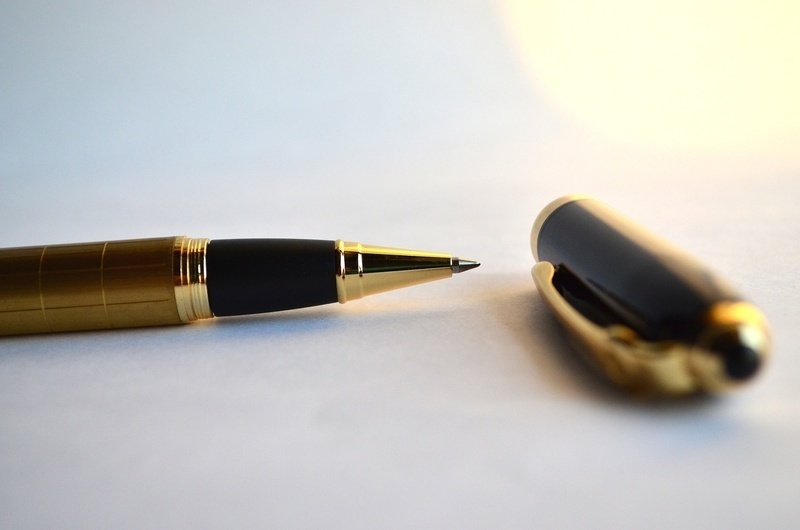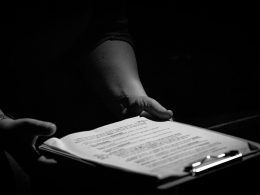A promissorynote is a form of debt security that is found in civil law. A promissory note can be used in a variety of situations, but is most often used when one person agrees to pay money to another person for a specific service or product.
What is a promissory note? Definition of the term
A bill of exchange is a security that is issued by a person or company that is the issuer. It is a monetary document that can be used as a means of payment. Typically, a promissory note is issued by the creditor, which means that the creditor usually issues it to the debtor as proof that the debtor is obligated to fulfill a certain amount.
How does a promissory note work?
A bill of exchange is a written document that serves as evidence of a debt. A promissory note is designed for the exchange of money between two parties; one party (called the promissory note holder) issues the bill of exchange, and the other party (called the promissor) receives the bill of exchange as proof that the promissor has agreed to pay a certain amount of money. A promissory note can be issued for a specific date or after a specific period of time.
To be valid, a promissory note must contain the following information:
- The name of the promissory note holder;
- The name of the promissor;
- The date of issuance of the promissory note;
- The amount of the promissory note;
- The maturity period of the promissory note;
- Signature of the promissory note holder;
- Signature of the promissory note holder.
A promissory note can be used for a variety of purposes, such as payment for supplies, wages, taxes, or as a guarantee of the promissory party’s performance of a specific obligation.
A promissory note can be used as a payment between two parties, in which the promissory party issues a promissory note to the promissor, and the promissor can then issue the note to his counterparty. A promissory note can also serve as a guarantee document, in which the promissory note holder undertakes to perform a certain service or work at a certain time and for a certain price.
As long as the promissory note is valid, the promissory note holder must fulfill its obligations within the specified time. If the promissory note holder fails to fulfill his obligations, the promissory note holder can seek reimbursement from the promissory note maker using the appropriate court procedures.
To ensure the safety of promissory note transactions, the parties should sign a contract that specifies the terms and conditions applicable in the event that the promissory note holder fails to fulfill his obligations.
When is a promissory note used?
Bills of exchange can be used to secure commercial transactions in which one party is obligated to provide a product or service and the other party is obligated to pay. An example would be when a businessman sells a product or service, but is unsure whether the buyer will be able to fulfill his obligation to pay. To safeguard his interests, the entrepreneur may require the buyer to issue a promissory note guaranteeing payment.
Bills of exchange can also be used to secure the entrepreneur’s receivables. A promissory note can be used in a situation where there is a risk that the debtor will not be able to pay the debt. An example would be a situation in which the entrepreneur has offered a product or service to a customer, but there is no certainty that the customer will be able to fulfill his obligation to pay. In such cases, the entrepreneur may require the customer to issue a promissory note guaranteeing payment.
Bills of exchange can also be used as a form of collateral when a loan or credit is disbursed. In such situations, the promissory note is used as collateral to ensure that the lender is reimbursed for its claim in the event that the borrower is unable to fulfill his obligations to the lender.
Bills of exchange can also be used to secure contracts and other financial transactions. In such cases, the promissory note is used as collateral in case one party fails to perform its obligations to the other party.
In summary, a promissory note is often used in a variety of situations where there is a risk that one party will not perform its obligations to the other party. The promissory note is widely used in commercial transactions, contracts and loans, and is designed to secure the interests of both parties.
Bill of exchange – security
A promissory note is a document that contains an obligation of the issuer to pay a certain amount of money upon receipt of the note by the acceptor. The acceptor can be the issuer or a third party. Upon acceptance of the promissory note, the acceptor is authorized to pursue his monetary claims against the issuer.
The promissory note is seen as more secure than other commercial documents because it contains precise arrangements for the transactions entered into and specifies the terms and means of asserting monetary claims. It is also recognized by the courts because the document is legally binding.
A bill of exchange is also convenient for the parties to a transaction. It is a document that can be sent by mail or courier, so the parties do not have to meet in person. In addition, a promissory note has a higher degree of confidentiality because it contains only the relevant information about the transaction, unlike a contract, which may contain details about a product or service.
A promissory note is also often used as a form of security for transactions, especially between business entities. In such cases, a promissory note can be used as a guarantee to pay a certain amount when the other party fails to fulfill the terms of the transaction.
A bill of exchange is certainly one of the most important commercial documents, and its issuance and acceptance guarantees greater security in transactions. This allows business entities to perform their obligations of all parties to the transaction, which is beneficial to all concerned.




